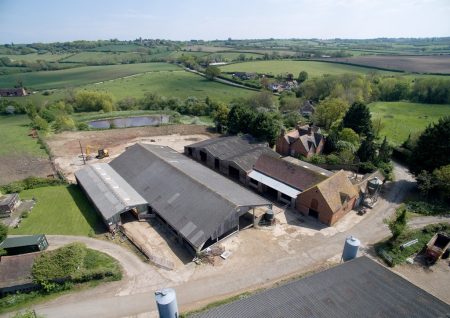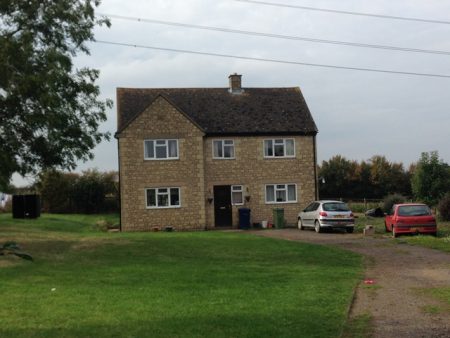Ag Ties
At Carver Knowles we specialise in all aspects of Agricultural Occupancy Conditions. This means we can submit planning applications for rural workers to live at or near their place of business as well as removing these occupancy conditions from dwellings where the restriction is no longer appropriate.
Getting a new workers dwelling
Removing an Occupancy Condition
Getting a new house
Rural workers houses are allowed in isolated locations to provide essential accommodation for a rural worker through the use of an occupancy restriction. It is one of the very few exceptions that allows the building of a dwelling outside of a development boundary. By their nature these are not common applications and have to be carefully thought through to ensure the best possible chance of success.
Agricultural occupancy conditions are most common but since 2012 the scope of ‘ag-tied’ dwellings has expanded beyond just agriculture. This means if a sustainable need can be justified then a new dwelling can be granted for any rural business i.e. livery yard, equestrian competition yard etc.
Experience and depth of knowledge in both agriculture and the planning process is required to submit the best application for a rural workers dwelling. The justification of the business need must be clear and the lack of suitable alternatives must also be highlighted.
For new rural businesses getting an ag-tied dwelling is a two-step process and temporary accommodation is often required as an intermediary step. Business accounts are not needed in this instance but a robust business plan is required.
Carver Knowles can assist with all aspects of an application including the two key documents of a Planning Statement and a Business Plan/Appraisal. We are happy to work with architects and other consultants to ensure the best chance of success for every application.
We have had planning success for rural dwellings in Gloucestershire, Herefordshire, Worcestershire, and Warwickshire and are looking forward to receiving our next instruction.
Removing an occupancy condition
Occupancy conditions generally restrict the occupation of a dwelling to an agricultural worker, and sometimes this restriction also can extend to tying the house to a certain parcel of land. This type of condition has been around since 1948 and were used extensively in the 1960’s to 1980’s when there was a boom in British agriculture. As time has gone on and agriculture has been mechanised there has been an overall fall in the number of agricultural workers in the UK and as such some properties with agricultural occupancy conditions have become obsolete.
The market for properties with an agricultural occupancy conditions is so restricted it is considered that a dwelling with an occupancy condition on it can reduce its value by up to 40% in some cases. Therefore the removal of the condition can result in a significant uplift in the property’s value.
The occupancy condition is a planning regulation and there are a number of routes available to remove the condition. The preferred route depends on a specific set of circumstances.
We offer a two-step instruction process to ensure the optimal route is chosen for each property. The first step is an appraisal of the property and its planning history against the current local planning policy. This assessment identifies the options available, the potential costs for removing the occupancy condition and the likelihood of success.
Once this appraisal is complete, and if a viable route is identified, we can move forwards with a planning application to remove or regularise the occupancy condition. We can offer this service on a nationwide basis as there is no need to visit the property.
A few examples have been outlined below to provide an insight to the variety of instruction we receive, and solutions achieved.
Removal through marketing
National planning policy indicates that planning conditions should only be removed where they are no longer necessary. Therefore, this is the key element that needs to be demonstrated in any planning application to remove a condition. Many Local Planning Authorities (LPAs) indicate, through their planning policy, that the acceptable way to show an agricultural occupancy condition is no longer necessary is by undertaking a marketing exercise advertising the property for sale or rent for a period of 12 months to gauge interest in the property. This process involves agreeing a guide price with the LPA to correctly reflect the presence of the restriction, marketing the property in a suitable manner and recording all interested parties.
In the event that someone that comes forward to purchase or rent the property within the twelve months and would comply with the occupancy condition the exercise will have failed. If no suitable parties come forward the restrictive condition can no longer be considered necessary and the condition should be removed.
By its nature this process will take at least 18 months from initial valuation to the decision being issued by the LPA. It is risky and takes a long time but if no one comes forward this is generally the most policy compliant approach to agricultural occupancy condition removal.
Where local planning policy is silent on the method and style of marketing there is scope for alternative marketing styles to achieve a quicker resort. We have found direct marketing and reviews of the local labour market useful assessments when commenting on demand of rural housing and occupancy conditions.
Alternative methods of removal
The removal of an occupancy condition is dependent on a variety of factors including, but not limited to:
- The local planning policy
- The date the original consent was issued
- The situation of the property
- The size and scale of the property
- The use of the surrounding area
This means that to get a successful planning application each of these aspects have to be reviewed to ensure the application will be supported by local planning policy. Our two step appraisal process leads the way in identifying creative routes to occupancy condition removal where necessary. One planning officer in Herefordshire commented in his delegated report that our application was ‘unusual approach but not necessarily inappropriate’ and went on to grant the removal consent.
Case Studies
Case Study: Tewkesbury
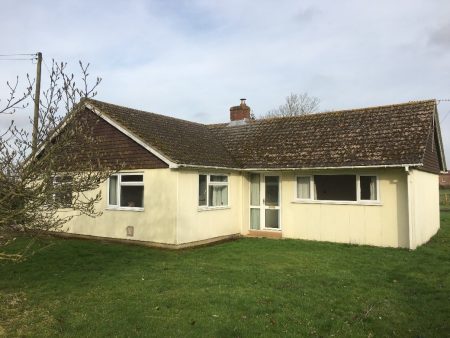
Planning consent for a small bungalow was granted consent in 1962 in the parish of The Leigh, near Tewkesbury. The decision notice had an agricultural occupancy condition attached to it as it was located in Open Countryside. The bungalow was occupied by a retire farmer until he was unable to manage in his own home […]
Posted on November 23rd, 2020 by Andrew TroughtonCase Study – Dover
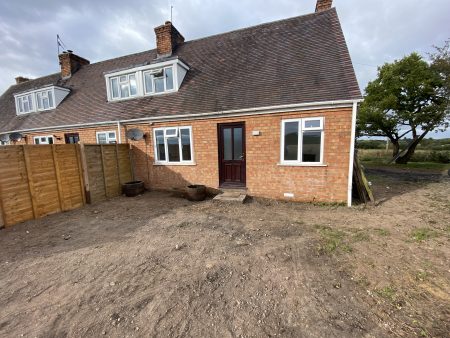
A two step planning process was followed to achieve the removal of an agricultural occupancy condition on a house in Dover, Kent where the occupant couldn’t get a mortgage as a result of the planning condition. Ms Elgar had been living in her home for over 10 years and did not comply with the agricultural […]
Posted on November 23rd, 2020 by Andrew TroughtonCase Study: Warrington
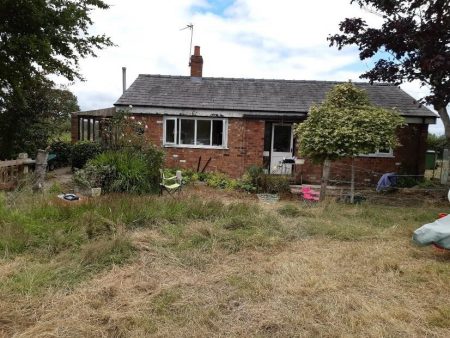
A traditional mixed farm in Cheshire West (Local Planning Authority) was granted planning consent in 1982 to house an agricultural worker on a site in the Green Belt . In addition to the planning condition the council sought a legal agreement (106 agreement) to tie the house to the farm. The house with the agricultural […]
Posted on November 23rd, 2020 by Andrew TroughtonCase Study: Prestbury
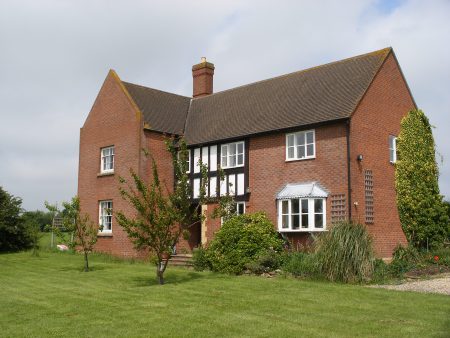
The dwelling was built in 1972 to support the development of a new farm building complex at that time. The dwelling had since been sold to a non- compliant family member who had occupied the dwelling for 14 years. During the initial appraisal of the site it was clear that the dwelling had not been […]
Posted on August 22nd, 2019 by Andrew TroughtonCase Study: Leominster
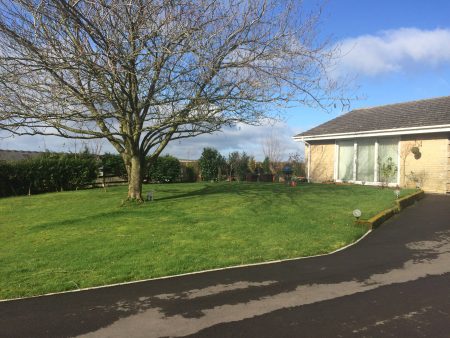
An ag tied dwelling was granted for a farmer’s parents-in-law to move nearer the family with a view that the father-in-law would work on the farm. Prior to the completion of the bungalow there was a change in circumstance meaning the parents would not be able to help on the farm however living near the […]
Posted on August 22nd, 2019 by Andrew TroughtonCase Study: Down Hatherley
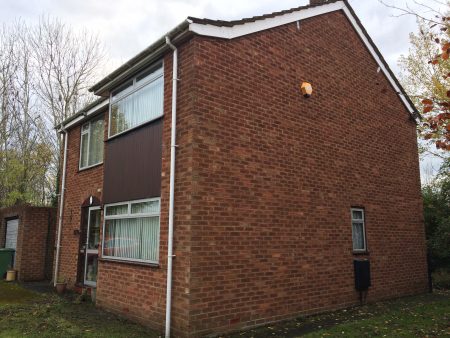
A three bed dwelling within Tewkesbury Borough Council was going through the process of being sold and during the sale process the agricultural occupancy condition was identified. As the property was part of a deceased estate and the condition had been put in place in the 1970’s it had long since been forgotten. The previous […]
Posted on August 22nd, 2019 by Andrew Troughton

